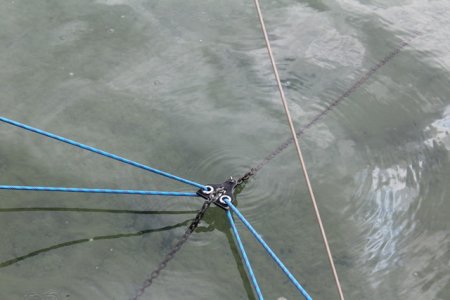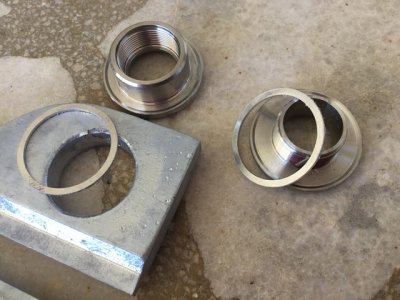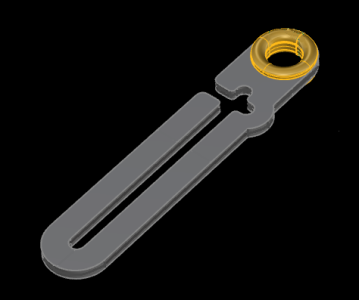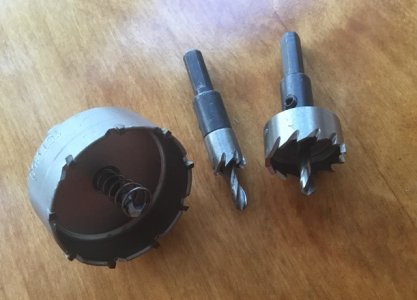waynes world
Well-known member
My god all this talk over drilling holes in GRP. All i have ever done is mark out, small pilot drill mark wit say a 6mm bit, drill to 14mm for a 12.7mm bolt. counter sink from the top for sealant spread. then use a large SS backing plate, if flat above then a good few inch larger than the fitting. All holes drilled using an HSS bit or a deep hole saw. Puraflex 40 is good aswell as Sikaflex 291i. When bolting done dont squeeze all gunk out, one way to help getg an even gasket is to use penny washers if you can.








